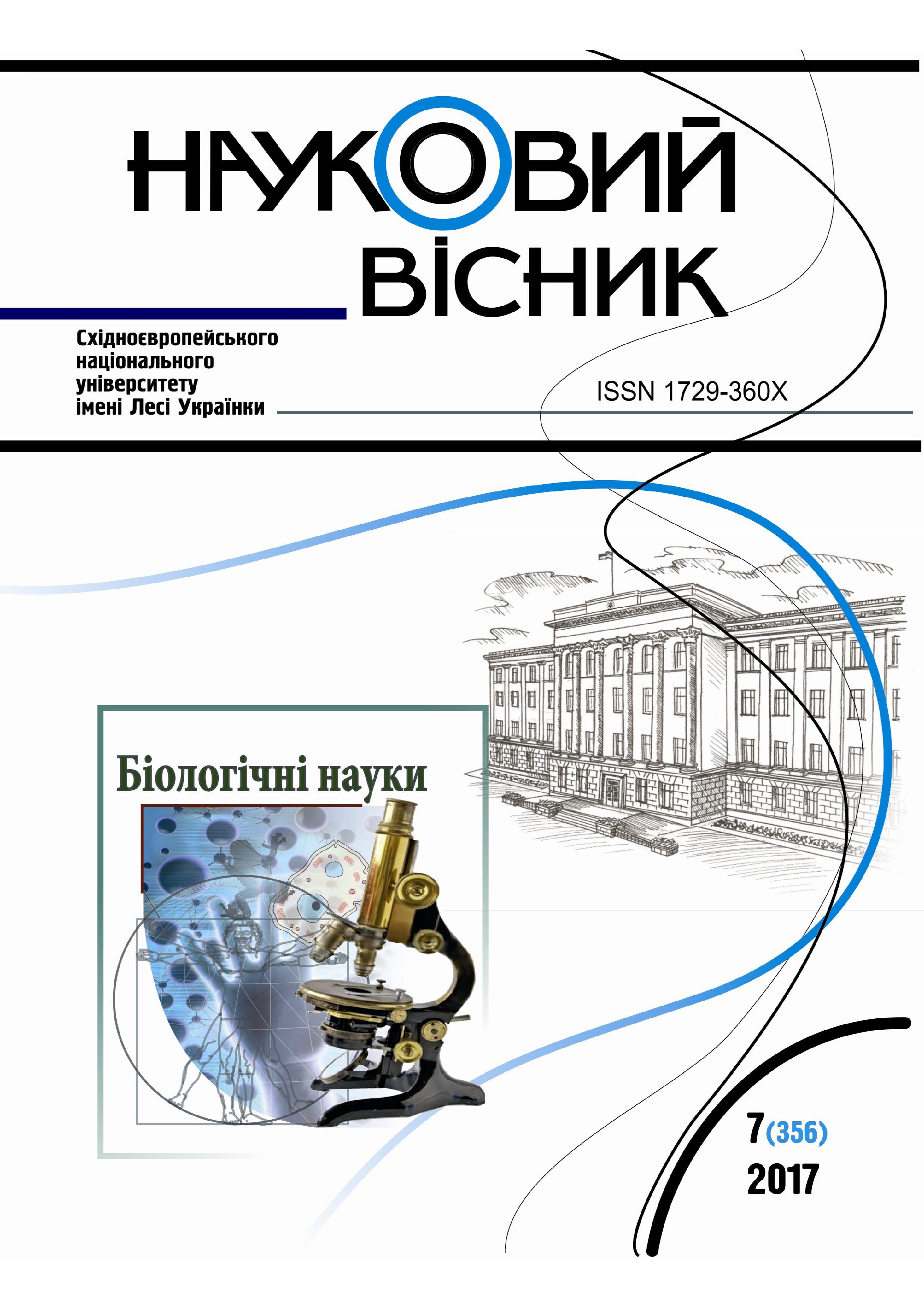Electromyographic Activity of the Fingers’ Superficial Muscles During the Manual Motility in Men with Different Characteristics of α-Frequency
DOI:
https://doi.org/10.29038/2617-4723-2017-356-7-182-188Keywords:
flexor, extensor, manual movement, electromyogram, alpha frequency fashionAbstract
The study involved 124 men aged 19–21 years, who were divided into two groups – with high and low values of EEG modal alpha frequency, which was determined individually at rest. Electromyograms of flexor muscle (m. Flexor digitorum superficialis) and extensor (m. Extensor digitorum) fingers of men were registered at rest and during manual compression movements and unclasped fingers of right and left hands in response to rhythmic auditory signals. Functional state of the muscles was evaluated at rest by the average amplitude and by the frequency of background oscillations EMG, condition of these muscle during chiropractic movements – by the amplitude medium logarithmic change factor and EMG frequency. At rest in men with high IαF was installed more significant lateral and reciprocal differences in the electromyogram parameters of flexor and extensor fingers of the hand compared to the examinees with low individual α-rate. During the manual movements men with high starting α-frequency (primarily men) were marked with less contractile activity of superficial fingers muscles, especially flexors. For men with low α-frequency was marked less specific and differentiated processes of surface muscles fingers activation.





